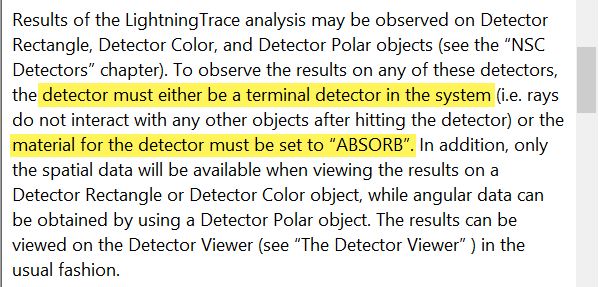Here's the discussion space for the OpticsTalk: Accelerate Illumination Design by LightningTrace, to hosted by Zemax CTO, Sanjay Gangadhara.
LightningTrace™ is an extremely powerful tool to accelerate non-sequential ray tracing for illumination system design. We will go under the covers to explain how this innovative technology works and when it is most applicable





